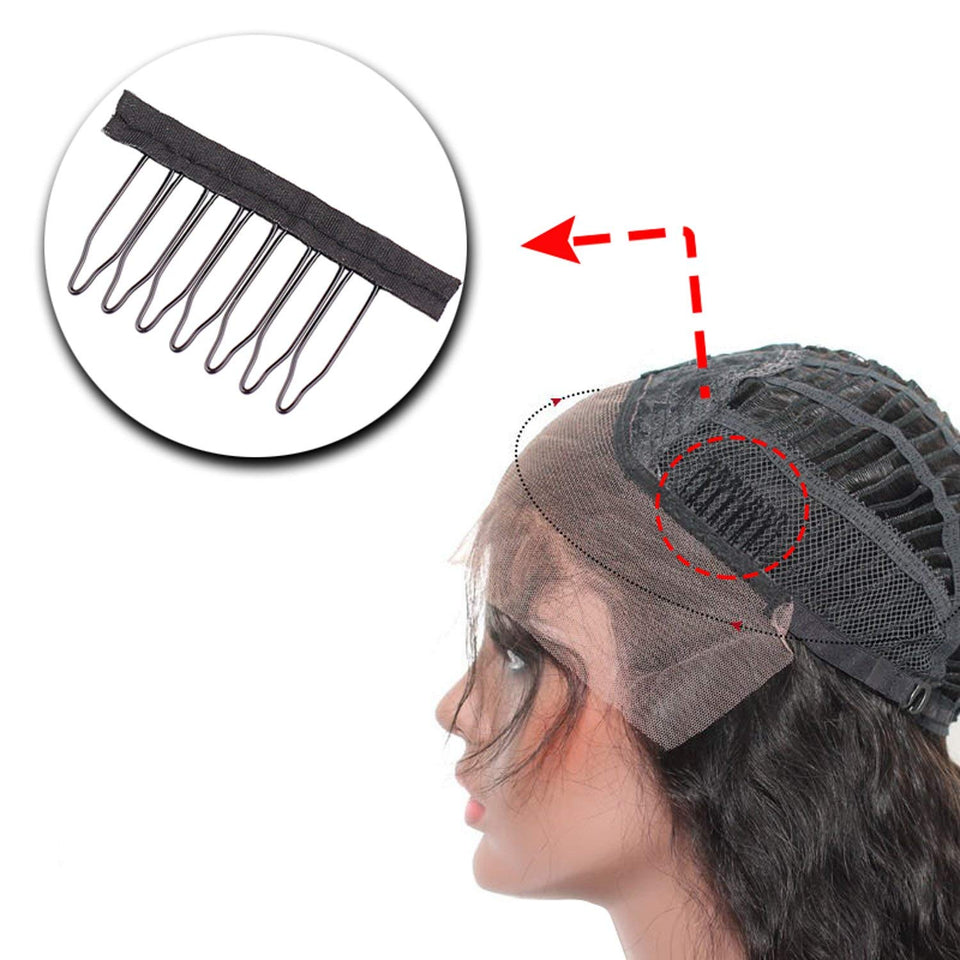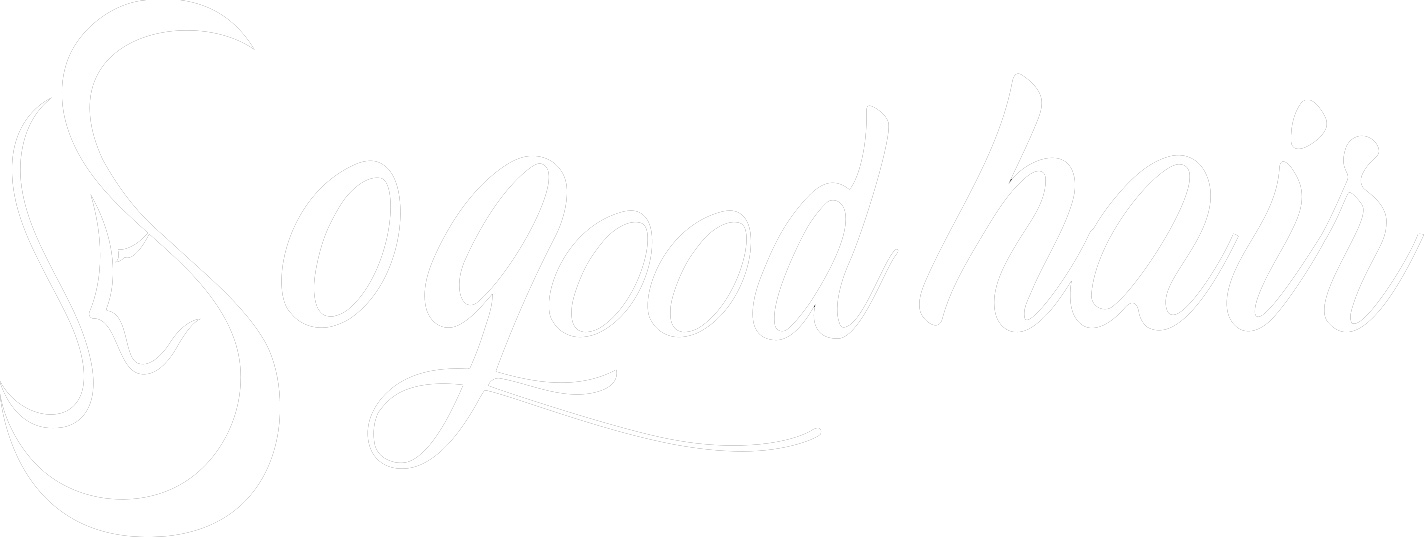What Can We Do If My Wig Is Too Big Or Too Small?
Nov 02, 2023
Girls who ever wear wigs usually will meet some problems.For example, when you buy yourself a wig and the joke is the wig is too big for you. You might start trying to fix it, but the result could not be perfect - the cap is still big or too tight.
First of all, you need to know what is wig cap size? Secondly, there are 3 sizes to choose for all wigs on our website, medium, large, small. If you have an extra-large or extra-small head, then you definitely need to read this blog and you can fix this problem by yourself.
SOGOODHAIR WIG CAP SIZE CHART

What happens when you happen to buy a wig that's too big or too small for you? Maybe the caps are too loose or too tight for your head, and the hair feels loose when worn, leaving you in a catch-22 scenario. Fortunately, there's no need to worry as we are going to talk about solving this problem. Below are some of the most effective ways you can secure your large or small wig.
Part A: What Can I Do If My Wig Is Too Big

The wig grip helps secure your hair as it usually adjusts to body movements and helps keep the wig in position. The bands evenly distribute the wig on your head and also preventing it from slipping off when worn. Besides securing your hair, the wig grip is also very comfortable when worn. Always ensure that you have a measurement of the distance between both your ears and also remember to leave a snug fit, to get that exact elasticity length.
Wig Caps are essential when it comes to securing large wigs. They are usually ideal for keeping those large wigs in place and prevent natural hair from breaking due to friction caused by your wig. Lastly, wig caps act as a protective barrier between the scalp and your hair while keeping everything in place.

The silicone solution sheet is ideal for securing big loose wigs as it usually comes with an invisible thread that can be cut to any desired shape and size. The silicone is typically useful when stitched inside the wig cap to enable it to build into the wig. The silicon provides a gentle suction that properly secures the hair firmly into position.
- Wig Tape
The wig tape is another method of securing your wig, especially if you happen to have no hair underneath. The wig tape is usually attached to the wig's underside and helps create a more comfortable yet secure bond on your scalp.
Compared to the wig glue, the tape is more scalp friendly as it typically doesn't irritate the skin, especially when it comes to ladies having a sensitive scalp. The wig tape is effective as it's a low residue tape that usually allows you to easily clean the wig and also makes it look more natural when worn.
The wig tape is usually versatile as you can wear it daily regardless of the type of oil used or weather condition. The wig tapes can be bought in a roll and then cut into desired sizes, or you can purchase pre-cut strips or spot tabs that have different length sizes.
- Wig Clips
Wig clips are also effective for securing a big wig. It's worth noting that wig clips are usually useful only if you have hair underneath, and you're not wearing any wig cap. Wig clips are typically easy to use and are also a cheaper method of securing your wig 24/7. The wig clips come in an array of colors and also sizes that blend well with different varieties of wig styles, like lace front wig, full lace wig, 360 wigs.

- Sewing
Sewing your hair is another excellent way of tightening a large lace front wig. Using a needle and a thread goes a long way when it comes to fastening your loose cap. Find a spot behind your left ear on wig cap then sew it carefully to make it more secure. Proceed sewing around your edge cap right up to your right ear cap. Always ensure that you repeat the process twice to secure your loose wig effectively. Finally, when your done stitching, pull the thread to tighten your wig all the way around. Once you have the hair in position and it tightly fits, take it off, secure the knots, and then finish off the last stitch.
Wearing big and loose wigs will be a thing of the past, thanks to the above methods. I hope our article has been insightful when it comes to fastening that big and loose wig.
Part B: What Can I Do If My Wig Is Too Small
- Wig enlargement procedure
Wigs usually have a built-in stretchy area that comprises of a little band having an opening useful for stretching the hair and making it a little longer.
Things you'll need
1.Scissors
2.Needle and a thread
3.A tape measure
4.Elastic band
Step 1
Pull the band out and cut it into half. Hold both ends of the elastic band to prevent losing the band if it springs back.
Step 2
Using an extra stretchy band piece, measure the width of the part you intend to add and then cut it to match exactly with the inbuilt lace wig bandwidth. Your goal is to attach the two bands to ensure that they easily slip and fit back.
For any pieces that you'll be adding, ensure that you cut them lengthwise. Remember that you'll be extending both sides of your lace wig, and you wouldn't want your hair ending up too big. For instance, if you want to increase your hair by 4 inches lengthwise, cut the new band you intend to add into two pieces, 2 inches long for each side.
Step 3
Sew the newly cut band in the middle of the built-in lace wig band to enhance proper joining of the two. Repeat the procedure on both sides of your wig, and upon completion, tuck the pieces back inside the slits, and you're good to go. Adding that extra piece of band is usually helpful in loosening up your wig to make it more comfortable to wear.
How to add more room on your small wig
- Braid your natural hair underneath
The other way of making your undersized wig feel larger is by braiding your natural hair into neat cornrows before placing on that unit. Braiding should be appropriate, ensuring that the braids go straight at the back of your head to maintain that flat foundation for your natural hair underneath.
Braid foundations are also essential to place under the wig caps, as compared to simply putting your hair back into a ponytail or bun, then wearing your wig on top of your hair. Proper braiding of hair is very fundamental as it will keep your hair completely flat and less bumpy in appearance.
Proper braiding ensures that your wig doesn't appear like it's sitting on top of your head while creating more wig space underneath.
- Adding wefts from an older wig

Use a good old seam ripper for this method. The ripper should be a standard one with a good point having a new sharp cutting edge center. Separate the wefts from the extra wig’s cap, being extra careful not to break the wefts or stitch. It's worth pointing out that wefts are those long strips of hair on a wig.
Add the extra hair weft onto the underside of your wig then bring it out and over. The hairline weft should always be about twice as thick as your standard weft if you happen to have enough hair on your space wig.
Those who prefer creating their wefts must always ensure that it’s twice thicker when compared to the regular weft. Always Keep your weft thick enough to ensure the edges are invisible.
Finally, sew the hair carefully under the hairlines and pull it back to a proper position. The new weft will appear puffy at first, and it's usually advisable that you iron the hair flat using a pressing cloth and also a Teflon material. Turn the iron on high setting and press it on the hair momentarily, while taking care not to go up on the wigs cotton.
Wigs play a pivotal role when it comes to ladies making a fashion statement. Not only are they stunning, but they're also a great protective style that ensures your natural hair is free from breakage or damage. We hope it can help you when you meet this problem when buying a wig, and find the wig which suitable for you from Sogoodhair.

